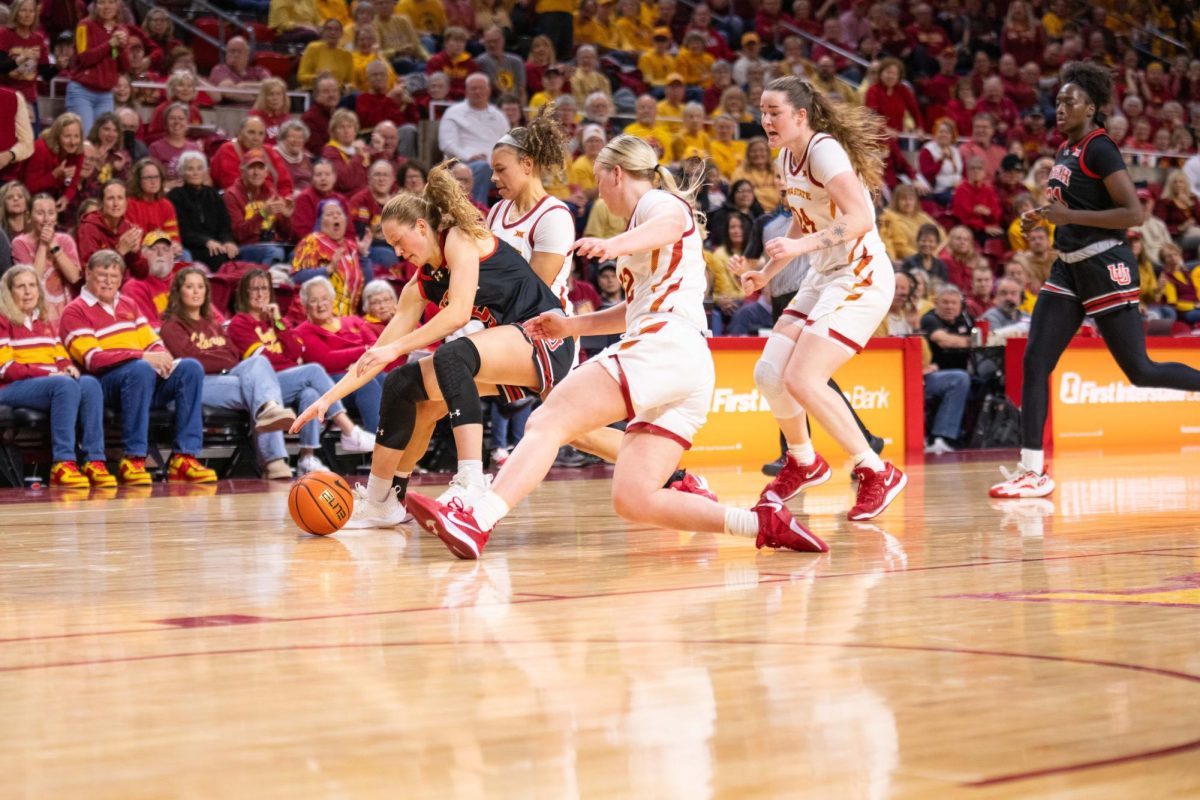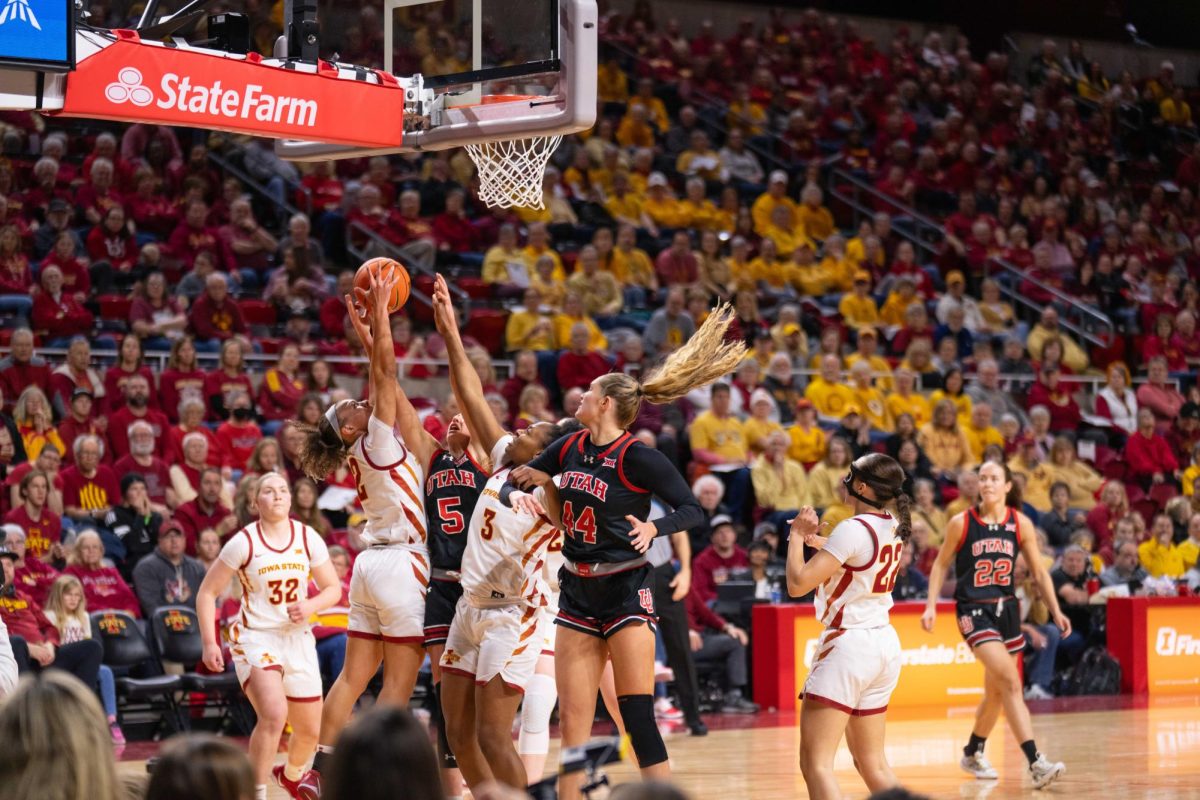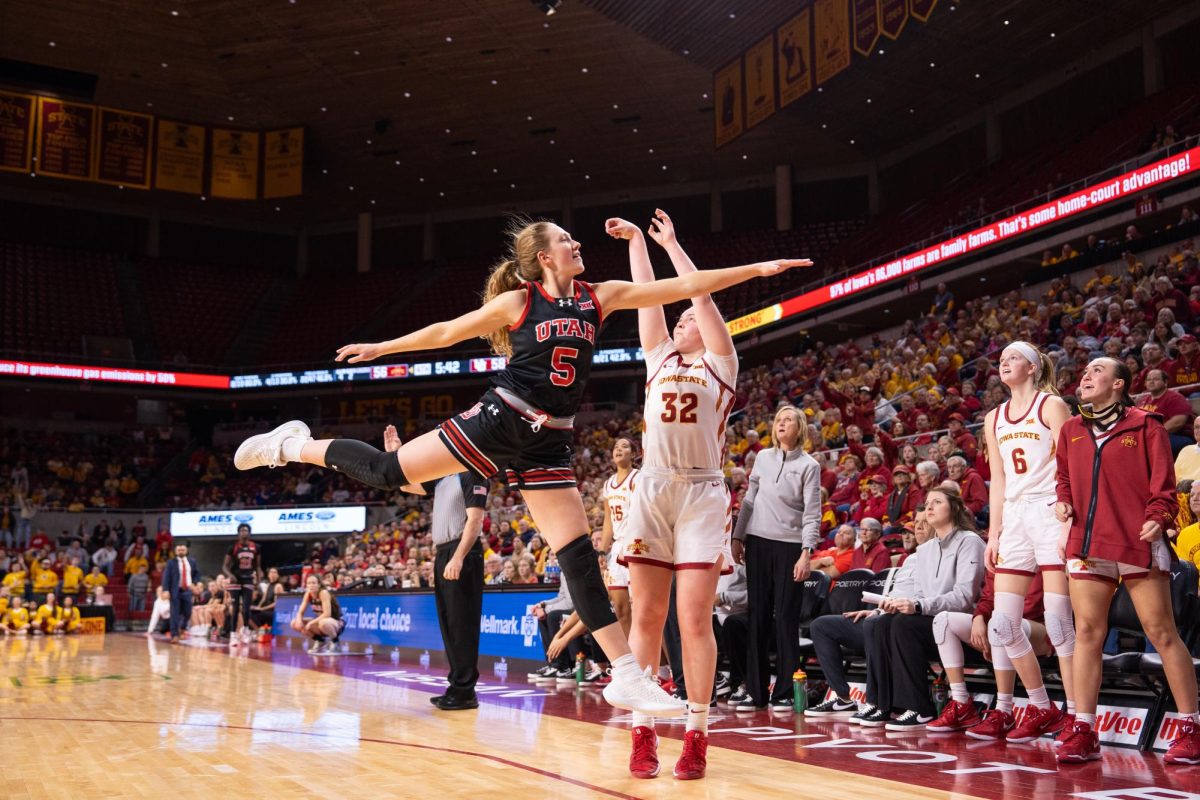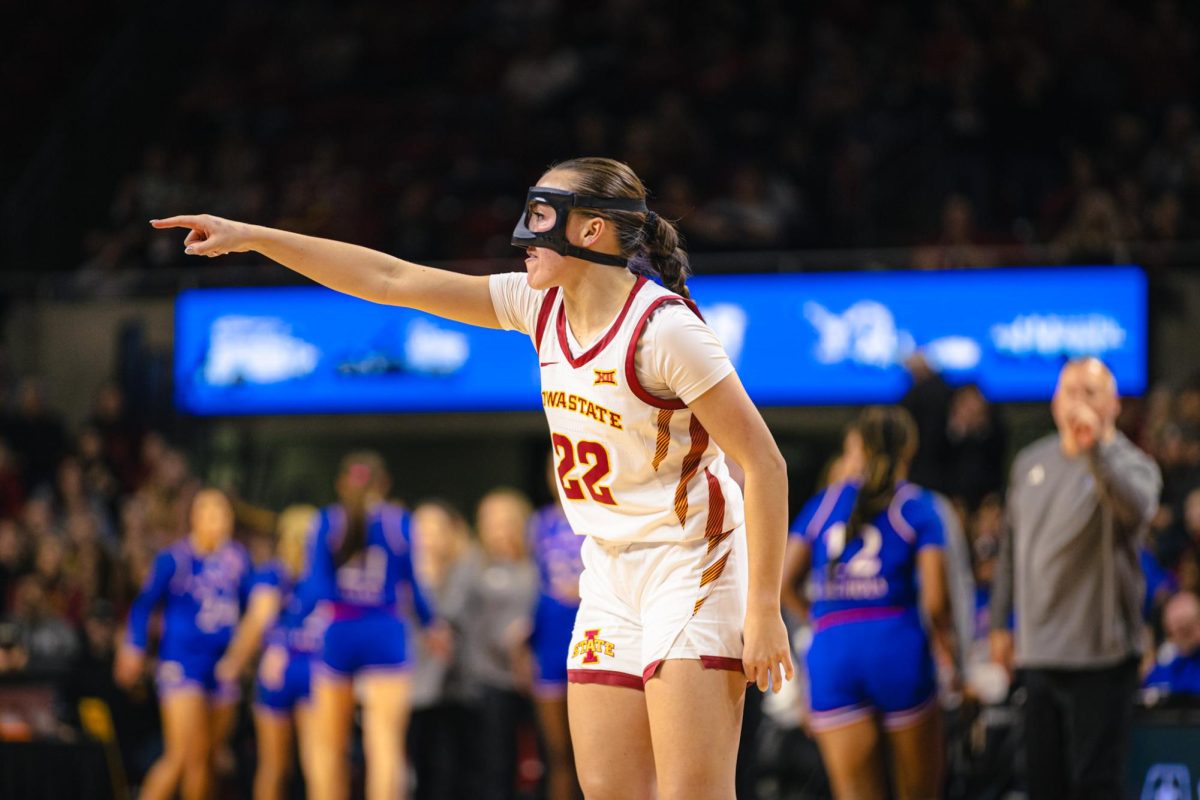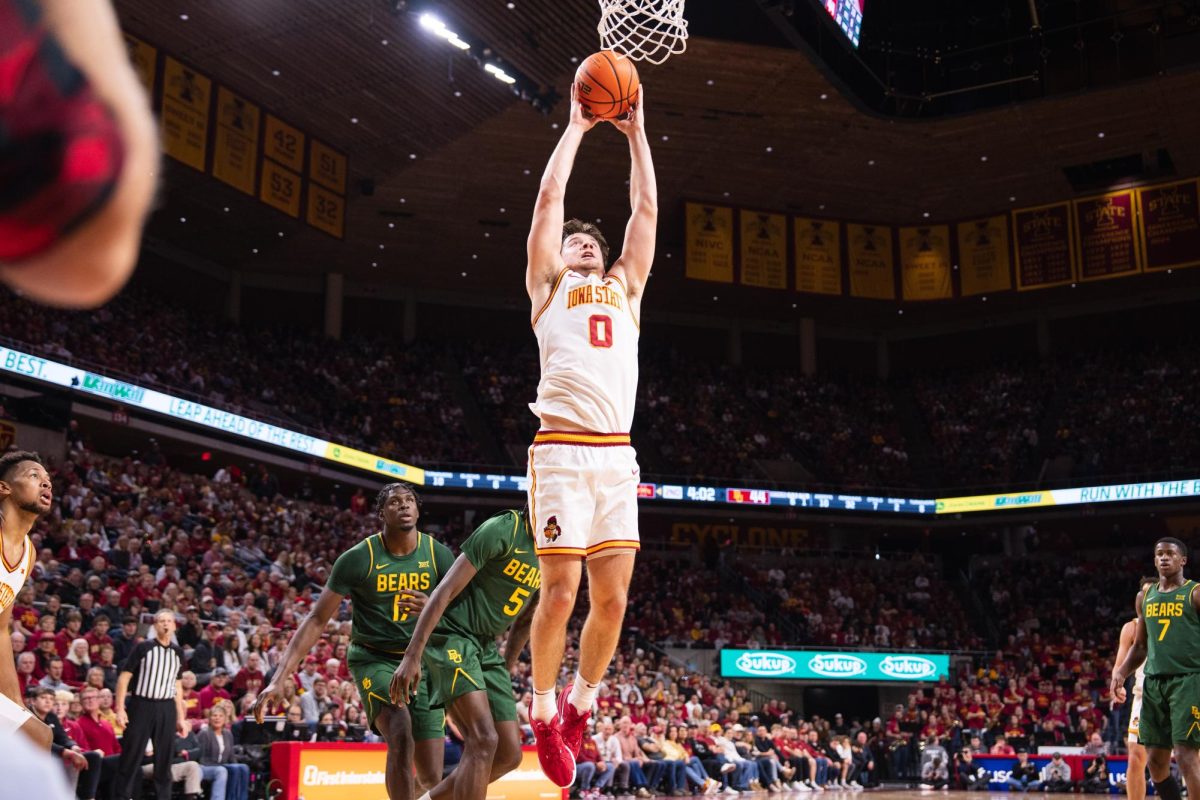What you don’t see when you watch soccer
November 6, 2001
“GOOOOOOOOOOOOAL! GOOOOOOOOOOOOAL!! GOOOOOOOOOOOOAL!!!”
Yeah, I bet you’ve heard it before. It’s the reaction of a sports commentator probably in South America, probably speaking Spanish.
Of course, we’re talking soccer here. I’ll bet you know what it’s all about, how the players try to get the ball in the goal.
You’ve probably seen it lots of times on TV. But they hardly ever actually succeed, and watching them try is about as boring as watching paint dry, as frustrating as watching someone try to keep fall leaves out of the hallways in Gilman Hall.
Or is it?
Do you really know what the sport is about?
The thrill of watching a sizzling shot hit the back of the net.
The agonizing suspense of watching a penalty shootout (the guys on my intramural soccer team know that all too well). The pure joy of watching a great move, a clever back-heel, a beautiful through pass. And my favorite – the excitement of staying awake to watch a World Cup soccer match at 3 a.m. on a school night.
There’s something about this sport that makes it the most popular sport in the world.
Yes, soccer is the most watched and loved sport in the world (sorry NASCAR fans, but it’s true).
It comes naturally to a lot of countries, because it doesn’t require a lot of infrastructure.
All you need is a round ball and a couple of bodies.
Actually, I’ve played more soccer barefoot on concrete pavement than I have on actual fields. We’d mark goals with anything – shoes, rocks, old tires, whatever was lying around. Then we’d just have fun-and lots of it.
There are, of course, a lot of professional leagues too.
The Bundesliga in Germany, the Serie A in Italy, and the English Premier league are some of Europe’s most popular sports organizations. And all of these countries have extensive minor leagues (if you think Major League Baseball has a farm system, you ain’t seen nothing yet). Hundreds of other countries also have similarly structured leagues.
I haven’t even talked about the international stage, and what a stage it is.
It starts with the World Cup, which the U.S. hosted in 1994. It’s one of the largest sports competitions in the world, second only to the Olympics in the number of countries involved.
It’s the venue for all the best players from each country to play together on their national teams, so it’s one heck of an All-Star event.
There’s also the Womens’ World Cup, and of course the United States has arguably the world’s best national team – and current world champions.
But there are a lot of other soccer events that go unnoticed.
There are World Cup-type events for under-17 and under-21 age groups, which are really great showcases of the rising stars of the soccer world.
Most recently there was the W-USA, the first women’s soccer league that was started here in the United States early this year. And by the way, I’ve got to say the W-USA plays much better soccer than the men’s Major League Soccer.
That fact will probably take a whole other column to discuss, so we’ll save that for later.
But the point is that all those events are lucky to get 30 seconds on SportsCenter once every other month.
I’m not on a crusade here though. I think there’s a lot of competition for the limelight, with the NBA, NFL, NHL and Major League Baseball, plus all the college sports.
It’s actually kind of nice – being a soccer fan/player in the United States is much like being part of an exclusive fraternity, a sort of sister/brotherhood of “f£tbol” lovers.
It’s just too bad that we get to watch the “World’s Strongest Man” competitions while the Men’s Under-17 World Cup matches are being played.
As I alluded to earlier, I did get to go out and play a little in the intramural tournament that has been going on. My team was eliminated two Sundays ago, via penalty shootout of course. But it was great to be back on the field, to feel that feeling again.
Even if we have to settle for the Lumberjack Olympics on ESPN.
Emeka Anyanwu is a senior in electrical engineering from Ames.


